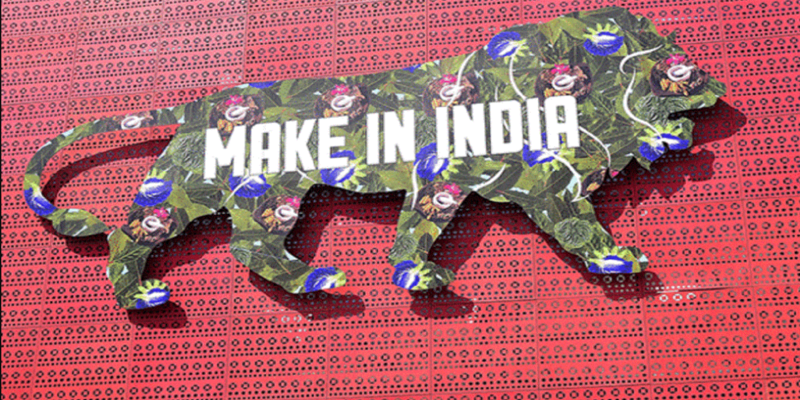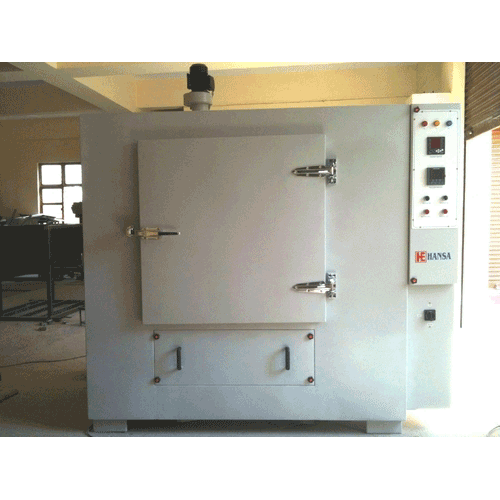Schedule a Call Back
Industry 4.0 can leapfrog Indian manufacturing
 Indian Economy
Indian Economy- Jun 07,18
Related Stories

India: Leading global manufacturing
On April 11, 2024, the Asian Development Bank (ADB) - following the International Monetary Fund (IMF), World Bank, and Moody’s - raised India’s GDP growth forecast for 2024-25 to 7 per cent from..
Read more
Budgeting for growth?
The interim budget 2024-25, announced by Union Finance Minister Nirmala Sitharaman on February 1, 2024, has allocated Rs 11.11 trillion as capital expenditure (capex) for the next financial year –..
Read more
BCIC advocates manufacturing growth for India's export ambitions
Bangalore Chamber of Industry and Commerce (BCIC) asserted that India's manufacturing sector must increase its contribution to the country's GDP from 16.5% to 20% to achieve the ambitious export tar..
Read moreRelated Products

Heavy Industrial Ovens
Hansa Enterprises offers a wide range of heavy industrial ovens.

High Quality Industrial Ovens
Hansa Enterprises offers a wide range of high quality industrial ovens. Read more

Hydro Extractor
Guruson International offers a wide range of cone hydro extractor. Read more














